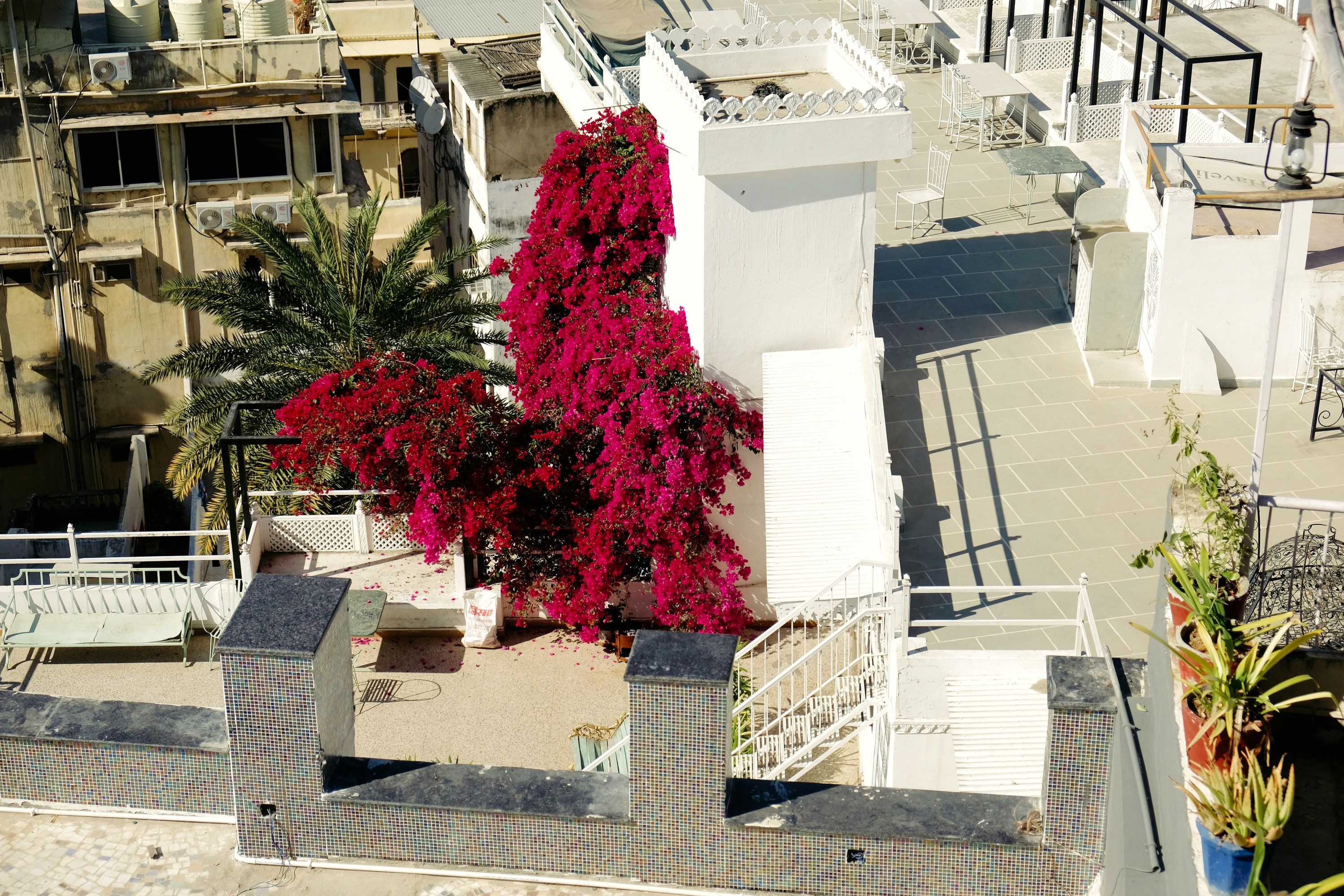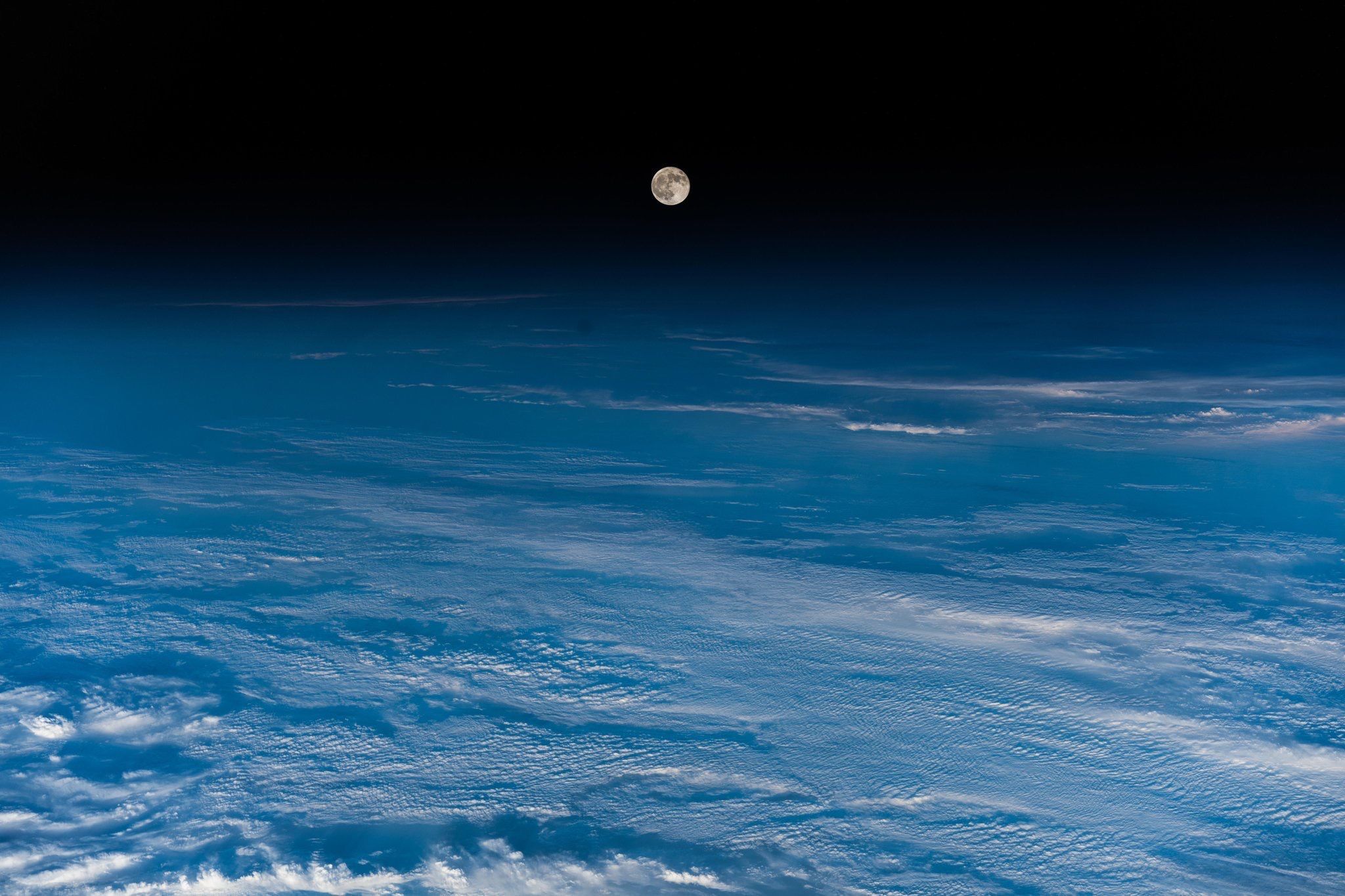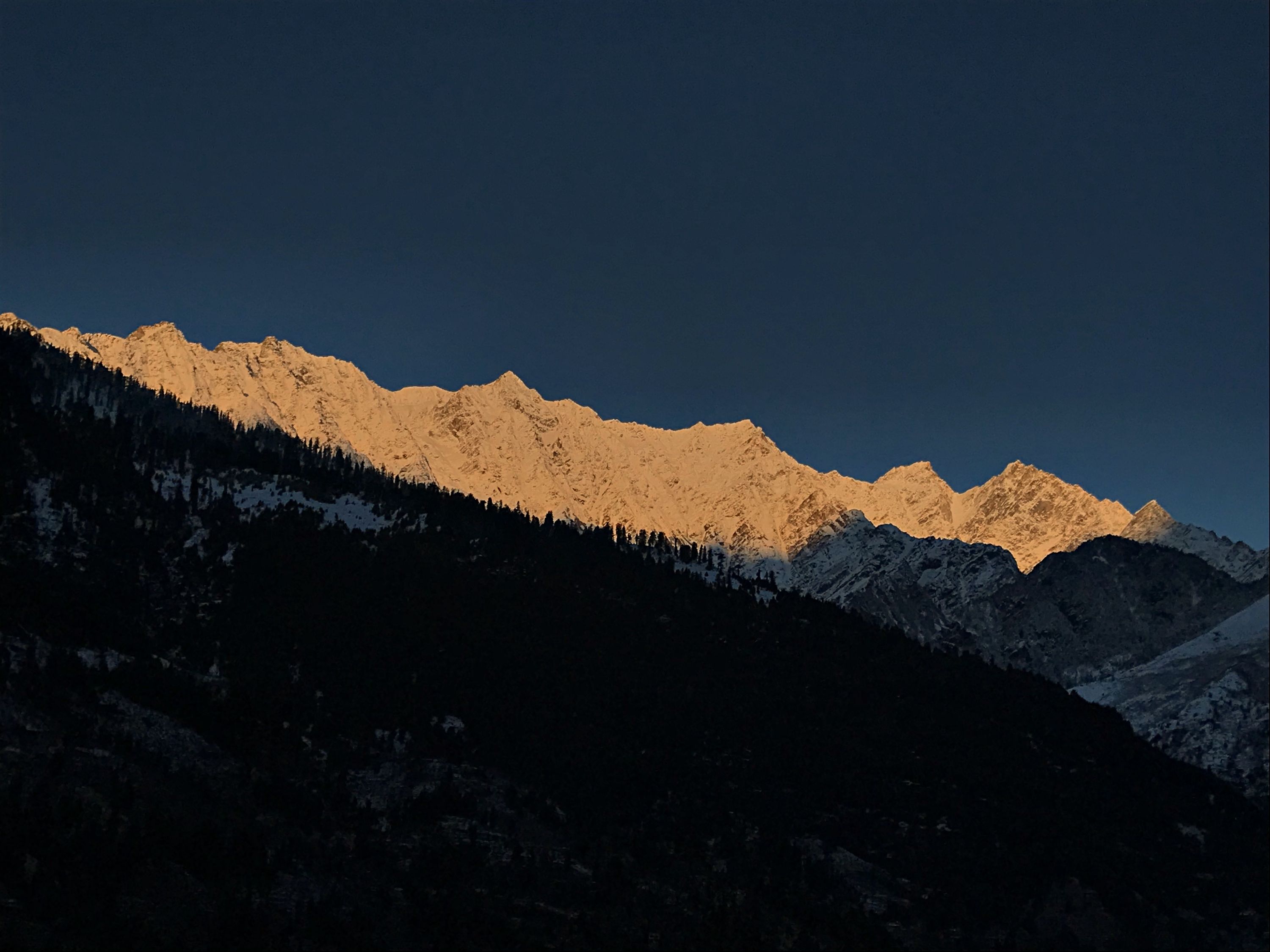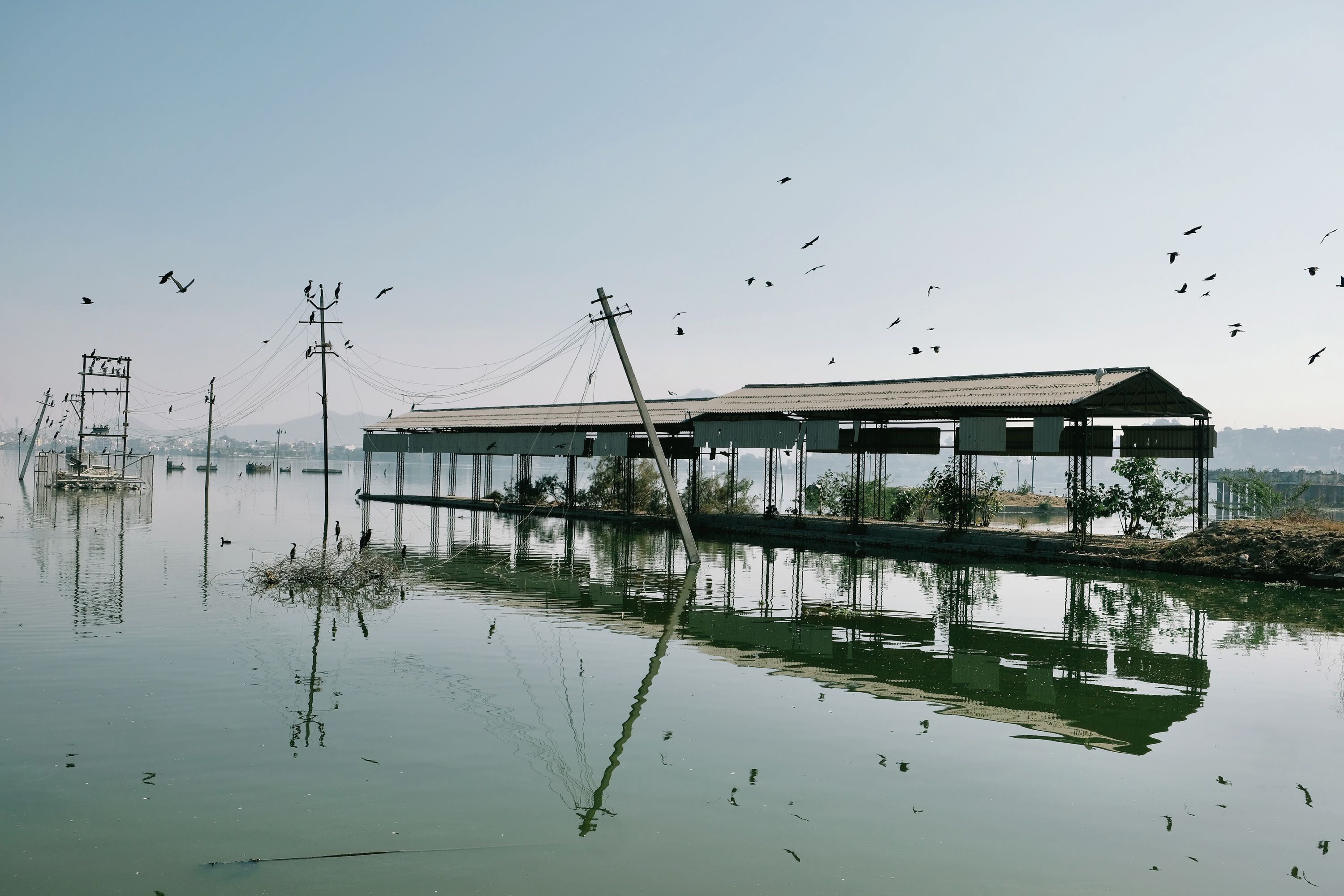Pink bougainvillea.
The flowers I saw last night, pink bougainvillea, were not there today even if there were flowers and they were pink bougainvillea.
 Pink bougainvillea in Udaipur, Rajasthan, India. December 2020.
Pink bougainvillea in Udaipur, Rajasthan, India. December 2020.
Earth’s moon from outside the earth.
 Full moon from the Space Station. Taken by the astronaut Alexander Gerst. August 2018.
Full moon from the Space Station. Taken by the astronaut Alexander Gerst. August 2018.
Franz Kafka.
This is a fragment from my beloved writer Franz Kafka’s diaries. I can’t describe the raw brilliance of these words. I can’t believe someone had this thought and noted down in his diaries, which he had instructed his friend to burn after his death.
This thought exists, still, and continues to exist in my own heart.
It exists because Kafka wrote it down in his diaries and Max didn’t burn the diaries. It exists because, above all, it was written down. Max had a choice — whether to burn Kafka’s unpublished works or not — only because Kafka had written things down. One cannot preserve or publish what doesn’t exist. One cannot set fire to what is yet to exist. Kafka gave Max a choice by not burning his unpublished works himself when he was alive.
Now, in the evening, after having studied since six o’clock in the morning, I noticed that my left hand had already for some time been sympathetically clasping my right hand by the fingers.
— Franz Kafka, Diaries
I belong to the Himalaya.
Ever since living in the Himalaya, for almost a year now, it occurred to me that I would feel strange and uneasy when and if I would visit a city.
A stranger in the city. A foreigner in my own country.
I would feel like I don’t belong there. For I never felt like I belonged there.
Ever since living in the Himalaya, I’m finally living. Living my core self, a truth of my fundamental desires.
First snow, Vashisht.
 First snow in Vashisht, near Manali, Himachal Pradesh, India; on December 06 2021. Taken with iPhone 7.
First snow in Vashisht, near Manali, Himachal Pradesh, India; on December 06 2021. Taken with iPhone 7.
Dreams of migration.
 Migratory birds on dead power lines. Ajmer lake, Rajasthan, India. January 2021.
Migratory birds on dead power lines. Ajmer lake, Rajasthan, India. January 2021.
On love.
I prefer the chaos of love — even fake love — to such absurd and complete disregard and contempt for love in today’s world.
I prefer to truly live this life. And only through love. Through its wonderful presence and painful absence, appearances and disappearances, and its unknowable abysses and dead-ends.
The art of long silky threads.
 Rooftop views in Pushkar, Rajasthan, India. January 2021.
Rooftop views in Pushkar, Rajasthan, India. January 2021.
A long silky thread is glorious in the afternoon sun across the sidewalk. It is finer than a shaft of sunlight, sunnier than the sun. People walk across it and just when I think it broke, I see it floating again, as if a new one was shot as soon as the last one was torn away.
Wikipedia says:
A dragline silk’s tensile strength is comparable to that of high-grade alloy steel (450−2000 MPa). The combination of strength and ductility gives dragline silks a very high toughness (or, work to fracture), which equals that of commercial polyaramid (aromatic nylon) filaments, which themselves are benchmarks of modern polymer fibre technology.
People who walk across it all have varying degrees of blindness that is not physical. They walk across this lustrous work of art and step on it, like critics. And the artist continuously remakes the art. No one knows why.
It’s never easy being an artist, it cannot be: this is a precondition. Your talents are nothing. You must persevere every day so that what you create does not come to an end without ever beginning. For there is no beginning in art, only an end. Art or no art.
Walking, walking, walking.
When you have not left your bed for days like a mental patient because you’re so busy working, where you’ve become ok with the idea of using a bed to work instead of a desk and a table like normal people — because you’re not as smart as you think you are — then how wonderful it feels to walk, just a few steps back and forth, eating a chikki on your terrace overlooking the Himalaya, how wonderful to walk and see the Rohtang Pass mountains — a beloved sight — and the Seven Sisters peaks.
How wonderful that we can walk.